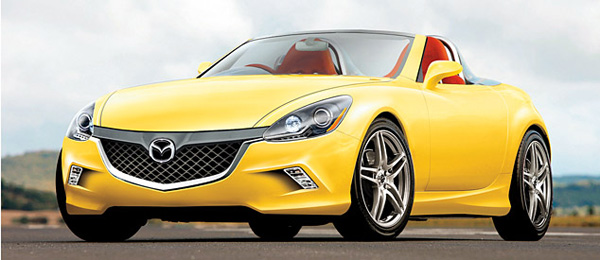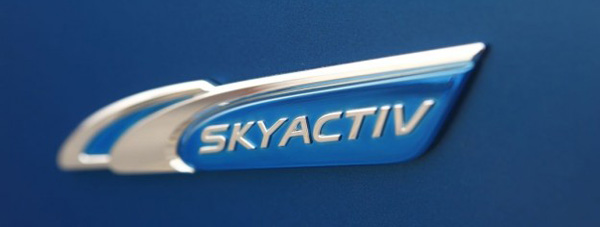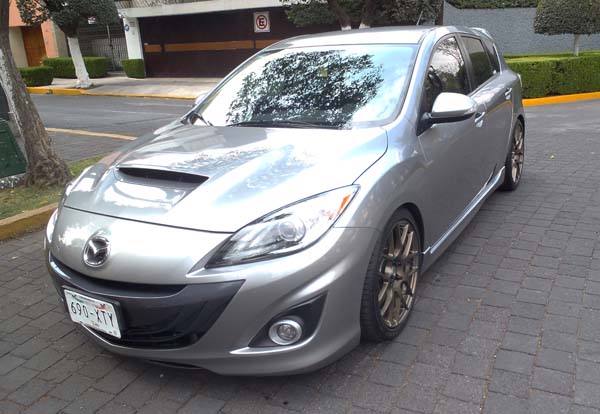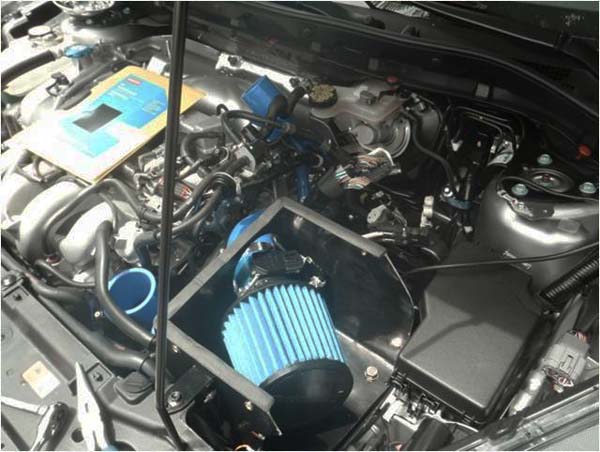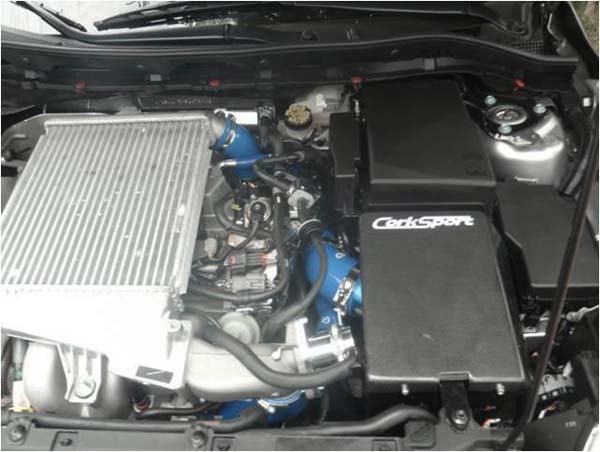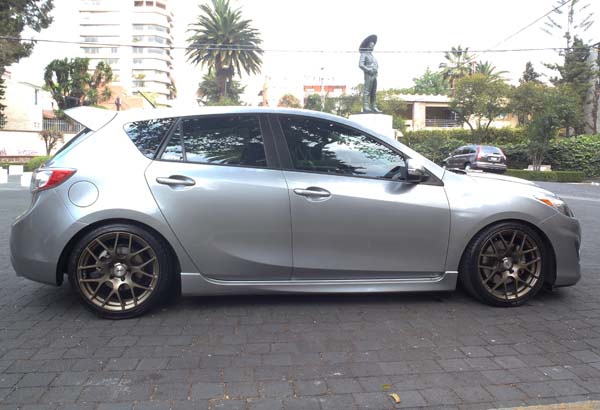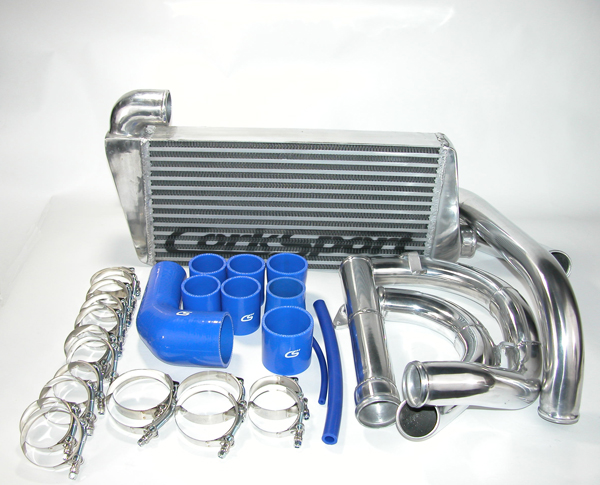As some of you have read of the last few years I really like the Mazda 2. Before it was released in the US I had written several blog posts on my thoughts. When we picked up the first Mazda 2 delivered in the US we set out to develop a range of parts for the 2. We have also had a chance to drive 2 in autocross events and down lots of winding roads.
Once you get to the point of completing the parts you need developed on a shop car what happens next? In the case of the CorkSport Mazda 2 you turn it into a B-Spec racecar. Why would you want to do that to a new car I am sure some of you are asking? If you have read the blog about my participation in the SCCA driving school you know that I am working towards my alter ego race car driving dream and the B-Spec racecar gives a good way to approach this being cost effective.
This leads us back to the CorkSport Mazda 2. To make it a B-Spec racer requires some work. Make that a lot of work. The first thing to building the car is to install a roll cage which is it probably one of the most time consuming parts of the job. First you start off with your stock interior and take it out.
Once you finish up that easy task you need to remove all of the sound deadener Mazda installed in the chassis. There are two methods to do this. #1 is with an air chisel and being very careful to not punch a hole through the floor of your car and #2 use dry ice. The dry ice method is something I had not done before but it sounded easy enough. That and if you have left over dry ice a plastic 2 liter bottles can be lots of fun. Check out the video below of me using the dry ice to remove the sound deadener.
If I can offer a tip while doing this is to get 2-3 blocks of the dry ice so you can have several sections cooling down and keep working so you do not have to stock between the freezing of the sound deadener.
Once you completely remove of the insulation you get to start on the roll cage. This takes time and precision to get done. If you have never done this work before, I strongly recommend taking it to a professional to get done. The materials, welds, and design all need to meet the specifications of the racing sanctioning body you will be participating with. In this case we used the specs from the SCCA GCR (General Competition Rules) which are accepted by other road racing sanctioning bodies.
We went with a nascar style door bars to give the driver more space in case there is a side impact and a bit of an angle for easier entry into the car while climbing over the cage.
After all of the hard work is done with the cage getting installed you need to paint it. We wanted the color to match the exterior so we ordered up several cans of the 38P paint code color from an online supplier and got to work. After taping up the interior to limit overspray we got to work with the color and the clear coat. The finished product looks good. The picture below shows the rear section painted with the base coat.
The final product looks great and matches well with the exterior paint of the 2.
Once the paint had dried we got to work installing the safety gear for the car. We went with a set of Sparco 6 point harnesses and a Sparco Circuit Seat.
Mounting the harnesses takes some planning. After getting a good idea of where we were going to mount the seat we got to work on the mounting points for the harness. In the Mazda 2 there is only 1 factory bolt location that we could use for the lap belt. The other side of the factory seat belt mounts to the original seat. The rules require you to have a 4 inch square backing plate for the harness on the back side of the car body to make sure the anchor points for the bolts do not tear through if you are involved in a wreck. We had to do this in three locations on the 2, one for the lap belt on the tunnel side and the two for the sub belt. After planning the hole locations and making sure there was no interference (make sure when you are drilling hole into your car you look at the other side of the panel) parts on the bottom of the 2 which there was since the brake lines and fuel lines pass under the drivers seat, we got to work with drilling the holes and mounting the eyelets. The actual installation of the harnesses is easy, they simple snap onto the mounting eyes and feeding the harness around the cage bar behind the seat.
The seat is a 1 piece FIA approved bucket which is a side mount style. With the Mazda 2 being out on the market for a short time we found there were no mounting brackets available which meant we got to build them ourselves. Thankfully this is a pretty straightforward task in the Mazda 2. After sourcing some inch and a quarter steel we pressed the shapes we needed and mounted up the seat. We set the seat up so there is a slight bend in the drivers legs when the pedals are pulley depressed. This allows you to have leverage and keep a comfortable seated position when driving. We also mounted the seat as low as we could and still give the driver good visibility of the track. A lower position means lower center of gravity in the car and the best handling of the car.
This is where we are at for the moment with the 2. I will be updating the build in the next few weeks to show the final result of the car.
Derrick-










